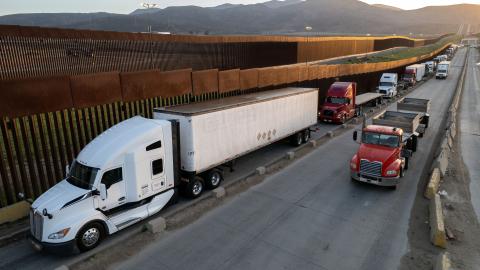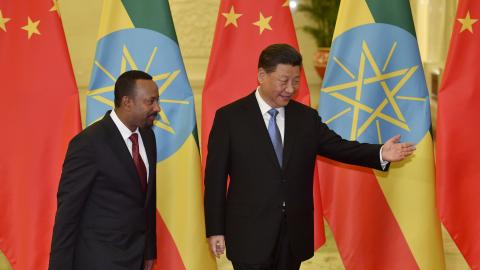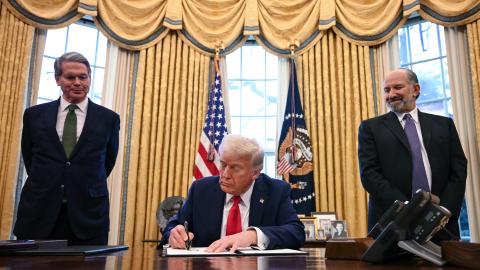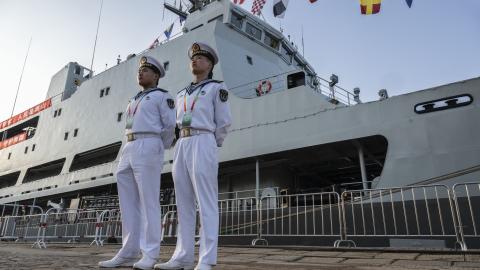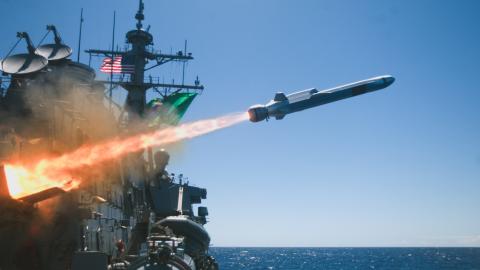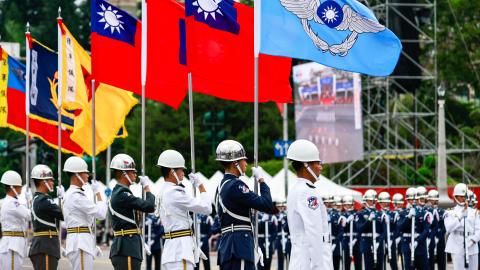China staged the latest in a series of large-scale military and coast guard exercises around Taiwan last week. A Chinese aircraft carrier penetrated Taiwan’s military response zone and sailed closer to the island’s coastline than in previous drills. Beijing’s coast guard also patrolled around Taiwan, ostensibly with a mission to inspect, intercept and detain “unwarranted vessels.” The People’s Liberation Army said that its air, naval, ground and missile forces were training for “seizing comprehensive control, strikes on sea and land targets and blockade operations.”
These drills aren’t mere shows of strength. They’re practice sessions. Taiwanese Admiral Tang Hua told the Economist last fall that China’s military forces “are ready to blockade Taiwan at any time they want.” Mr. Tang said Beijing is “using an ‘anaconda strategy’ to squeeze the island.” The Chinese military’s recent actions bear this out. From January to August 2024, the number of Chinese air incursions crossing the median line—the border in the middle of the Taiwan straight—jumped more than fivefold. The number of Chinese naval vessels operating around Taiwan doubled in same time frame. The size mismatch favors the Chinese: Taiwan needs to deploy anywhere from a fourth to half of its combat vessels to match China’s patrols.


